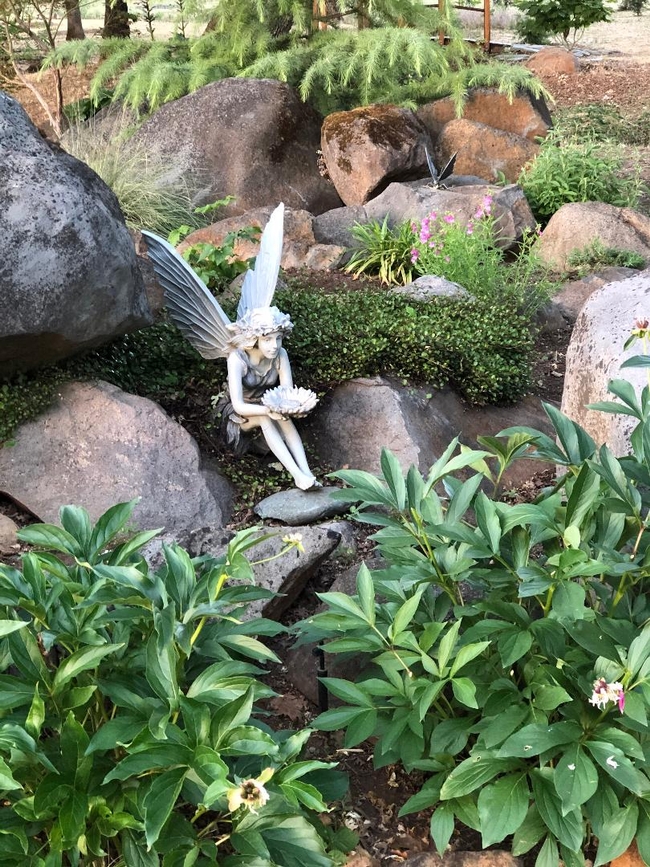Quiet, solitude and a connection with nature can be vital to one's peace of mind. Health care centers and hospitals have discovered this, and often incorporate garden spaces into their architectural designs with an eye towards reducing anxiety and improving recovery.
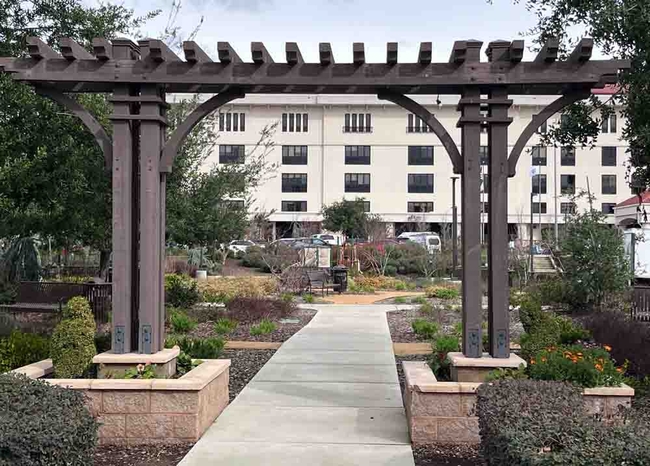
Garden spaces specifically designed for this purpose are called healing or restorative gardens. Guidelines for them include water features, artworks, plants with different textures and seasonal color changes, comfortable seating, and accessibility. Ideally at least seventy percent of outdoor space should be planted in greenery. Plenty of seating in both sun and shade can offer private spaces for those who wish to be alone, and adjacent benches where groups of visitors can gather.
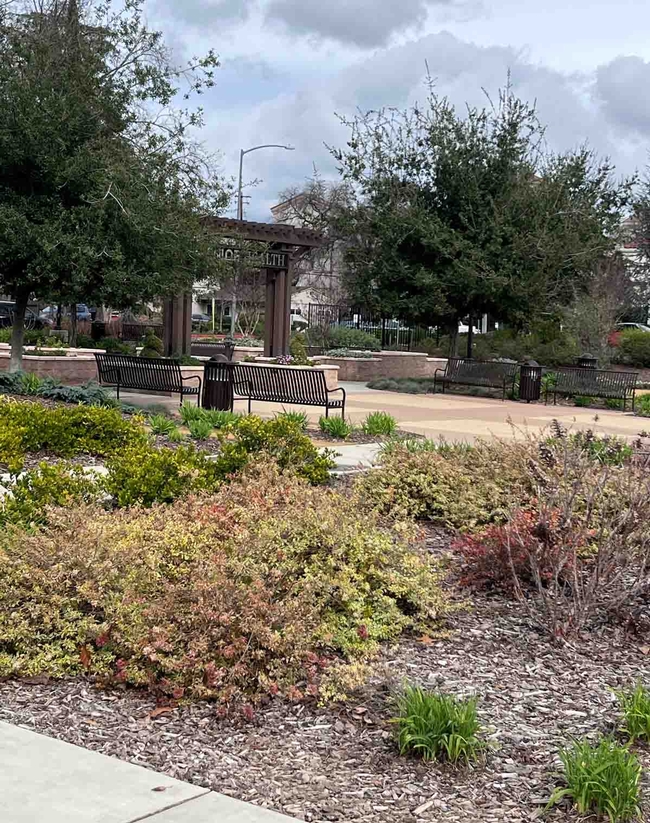
If these therapeutic gardens can be so powerful for healing in hospitals, why not create one in your own yard? Gardens are wonderful spaces for connecting with nature: merely stepping out in the garden provides an instant reprieve from the day's weariness and provides us with a heightened awareness. You can extend that benefit by creating a space in your garden specifically for relaxation and mindfulness.
There are four types of healing gardens to consider: 1) a meditation garden is designed to invitequiet reflection and reduce stress; 2) a rehabilitation garden is not only good for reducing stress but also good for the garden, by providing shelter and food for birds and pollinators like bees and butterflies; a restorative garden focuses on calm healing through horticultural therapy from colorful plants, water features, and natural elements; and an enabling garden aims for therapeutic results from active gardening (e.g. planting, weeding, pruning, harvesting). You can pick and choose from all four of these garden types to create the healing garden space best suited to your needs.
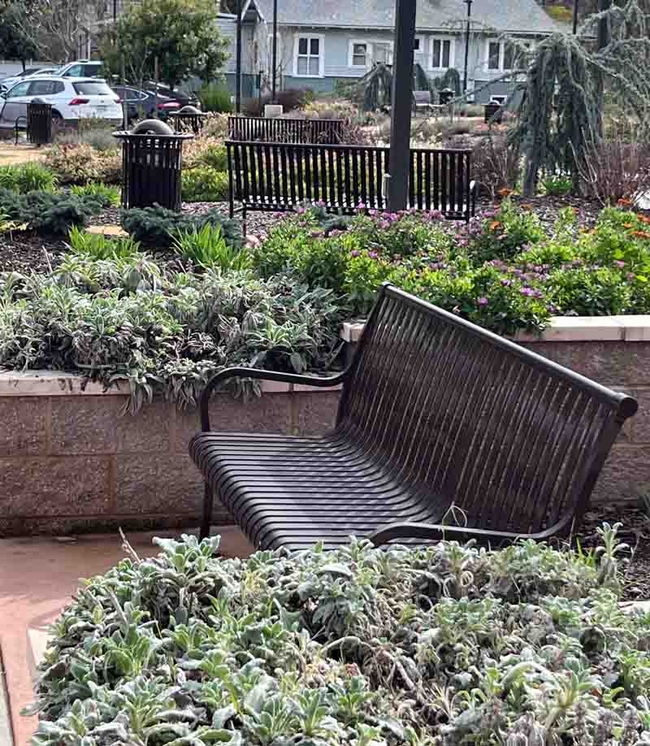
The most important factor in designing such a space is noise. A corner of the backyard next to a busy street or noisy neighbors will not be very calming. A welcoming, comfortable spot to sit is a necessity. Screens for privacy, pathways, water features, wind chimes or bells, rocks or statuary can become elements of design. Grasses and plants will provide texture. Look for seasonal color and native plants to add interest, and don't underestimate the therapeutic benefits of fragrant plants like lavender, thyme, and rosemary. Plants in containers can be moved into a covered area during winter, then brought out again when the weather warms up.
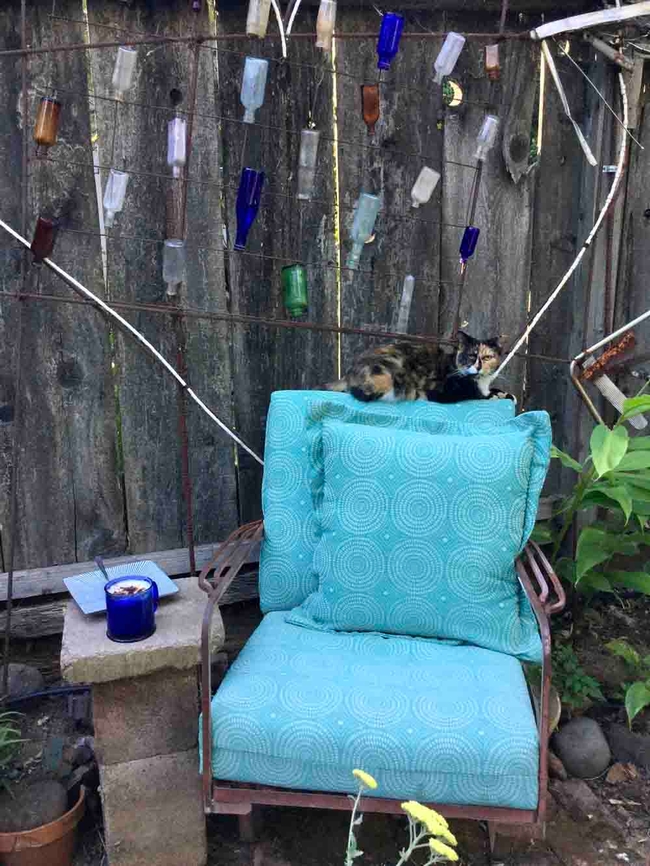
Dream, plan, and design your way to a healing garden best suited to all five senses and your own personal needs.
If the sounds and activities of birds are important components of your ideal healing garden, consider attending “Native Gardens for the Birds,” an upcoming Master Gardener workshop on Friday, April 12th. For more information about this and the other workshops in the Master Gardeners' Spring Workshop Series, and to register, visit our website. All workshops are free, but registration is required.
UC Master Gardeners of Butte County are part of the University of California Cooperative Extension (UCCE) system. To learn more about us and our upcoming events, and for help with gardening in our area visit our website. If you have a gardening question or problem, email the Hotline at mgbutte@ucanr.edu or leave a phone message on our Hotline at 530-552-5812. To speak to a Master Gardener about a gardening issue, or to drop by the MG office during Hotline hours, see the most current information on our Ask Us section of our website.
